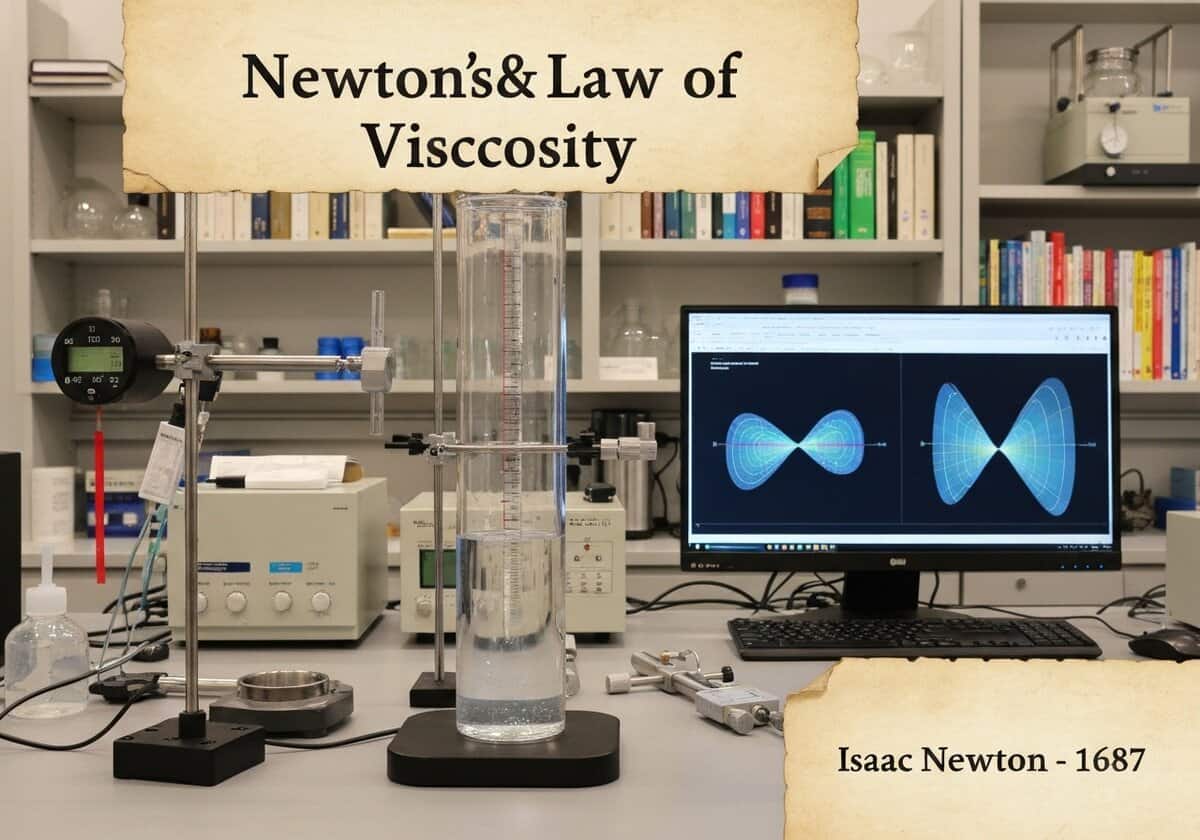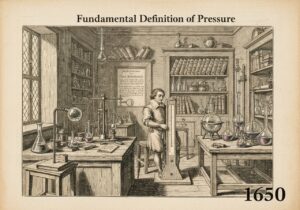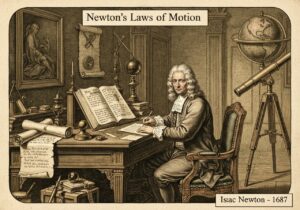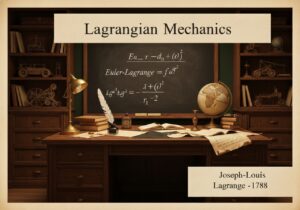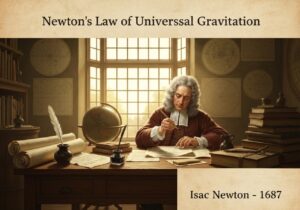A Newtonian fluid’s shear 强调 is directly proportional to the rate of shear strain. This linear relationship is defined by Newton’s law of viscosity: [乳胶]\tau = \mu \frac{du}{dy}[/latex], where [latex]\tau[/latex] is the shear stress, [latex]\mu[/latex] is the dynamic viscosity (a constant of proportionality), and [latex]\frac{du}{dy}[/latex] is the shear rate or velocity gradient.
Newton’s law of viscosity establishes the fundamental 构成方程 for a Newtonian fluid. It postulates that for a simple shear flow, the force per unit area (shear stress, [latex]\tau[/latex]) required to move one layer of fluid relative to another is proportional to the rate at which the velocity changes with distance perpendicular to the flow (the velocity gradient or shear rate, [latex]\frac{du}{dy}[/latex]). The constant of proportionality, [latex]\mu[/latex], is known as the dynamic viscosity, a material property that measures the fluid’s resistance to flow. For a Newtonian fluid, this viscosity is constant and depends only on temperature and pressure, not on the forces acting upon it.
This linear model is an idealization but accurately describes many common fluids like water, air, and simple oils under typical conditions. The concept is foundational to fluid dynamics, allowing for the derivation of the Navier-Stokes equations, which govern the motion of viscous fluid substances. The law implies that a Newtonian fluid will begin to flow immediately upon the application of any shear stress, no matter how small. This contrasts with 非牛顿 fluids, which may exhibit shear-thinning, shear-thickening, or require a minimum yield stress before flowing.
Historically, Isaac Newton proposed this relationship in his 1687 *Philosophiæ Naturalis Principia Mathematica*. He did not express it in the modern differential form but described the concept of a “defect of lubricity” or internal friction in fluids. The modern mathematical formulation was developed later by mathematicians and physicists like Cauchy and Stokes, who incorporated it into a more general framework for continuum mechanics.

